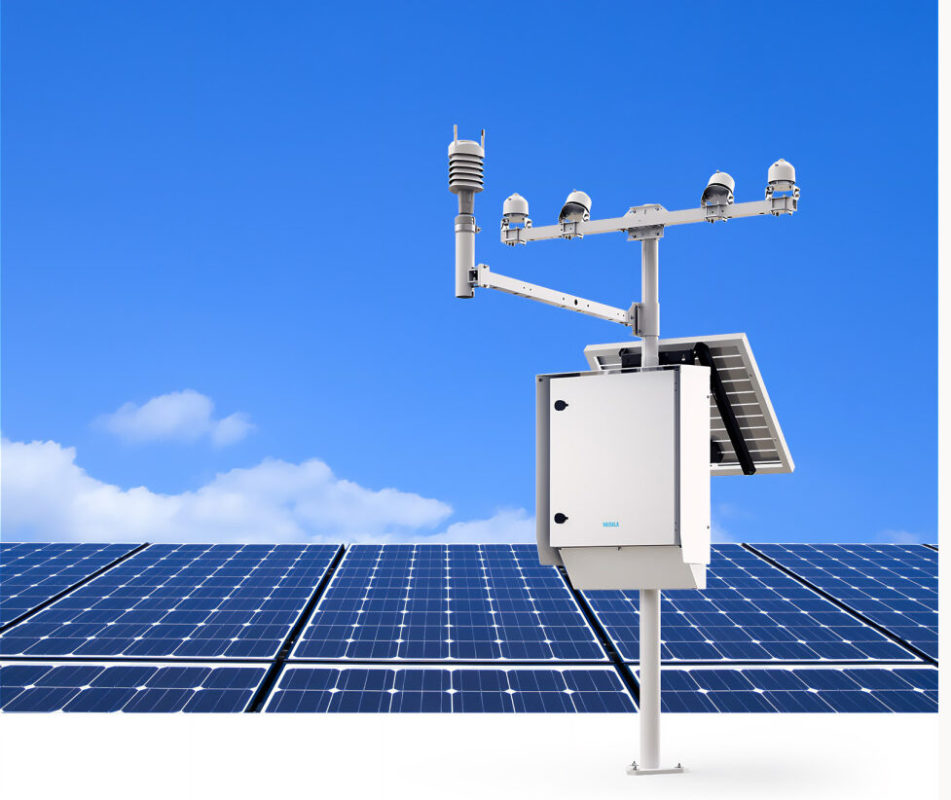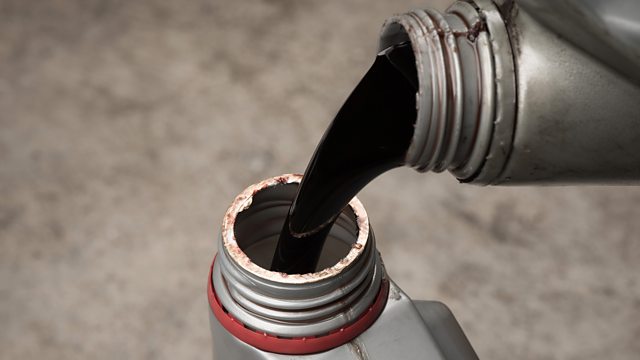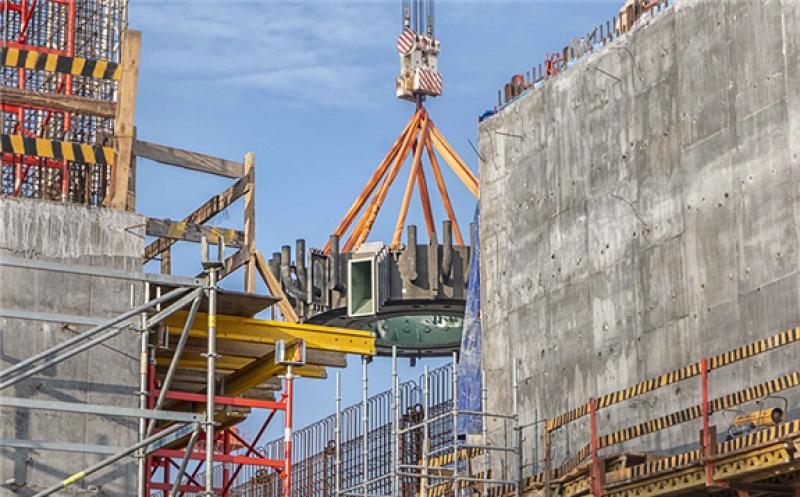
Vaisala’s Automatic Weather Station AWS810 Solar Edition enables operational output monitoring and accurate assessment of solar irradiation and weather parameters. Image: Vaisala
Solar energy is one of the world’s fastest-growing renewable energy sources. To make the most of solar power plants, however, it is critical to continuously monitor their performance. Smart solar irradiation and weather monitoring provide highly accurate measurements that make it easy to proactively maintain optimal performance.
The solar irradiance and weather factors that can affect performance most include temperature, wind and pollution, and all can have a significant impact. Automated weather stations help to manage these variables, and provide actionable insights over the entire life cycle of any solar power plant.
Weather as fuel
Photovoltaics (PV) and wind turbines use weather as fuel. Knowing the quality and future reliability of this fuel is essential for determining a project’s bankability.
Renewable energy plants need resource information for development, operation and analysis such as:
Historical long-term data for site selection during feasibility studies
Real-time energy measurement and forecasting for plant and grid operations
Prediction of power plant energy output throughout its entire lifetime for plant design and financing
How performance monitoring helps
Monitoring solar performance is crucial for maintaining and optimising solar energy assets, and is also essential in keeping levelised cost of energy as low as possible. Operators can spot and fix small problems to avoid expensive repairs and downtime while maximising power output for a better return on investment, whereas investors can decide with confidence whether to increase their financial commitment or exit underperforming assets.
Real-time performance monitoring using an onsite automatic weather station enables continual proactive maintenance by facilitating:
Monitoring of performance ratio (PR)
Detection of underperformance at an early stage
Action to maximise power generation
The PR compares actual energy output with theoretical maximum output. A low PR indicates that there are problems that need to be resolved, while a high PR confirms that the system is functioning effectively.
Data collection includes global, diffuse and reflected solar irradiation, as well as key weather measurements such as wind speed and direction, ambient temperature, rain, PV module temperature and humidity relative to atmospheric pressure.
The operator uses this data to evaluate system performance and detect any issues such as module deterioration, shading or equipment failure. An automatic weather station makes it easy to spot — and act on — weather factors that are compromising performance, enabling a plant to extract the most out of the sun every day.
The role of key measurements
Solar irradiance is crucial for assessing performance and calculating PR, and includes Plane of Array or Global Tilted Irradiance, Albedo, and Global Horizontal Irradiance.
A rise in temperature lowers efficiency, and it is crucial to monitor this to avoid damage to panels since high temperatures can shorten their lifespan.
Wind can cool panels, boosting efficiency, but too much wind can cause mechanical stress, resulting in cracks or fractures that shorten efficiency and lifespan. High winds can damage panels and solar tracking systems, lowering the amount of solar radiation to reach the panels and reducing energy output.
Rain can wash away debris, improving efficiency, but can also leave water spots or streaks on the panels, blocking sunlight.
Excessive humidity can lead to solar panels being dirty, lowering effectiveness, and also has the potential to damage electronic components.
Dust and pollution can contaminate solar panels and reduce their effectiveness. Pollution can impact the quality of solar radiation, affecting energy output.
Powering the future with precision
The Vaisala Automatic Weather Station AWS810 Solar Edition helps power plant operators maximise efficiency and production with increased profitability and return on investment. It enables operational output monitoring and accurate assessment of solar irradiation and weather parameters to manage over- or under-production and ensure reliable, long-term system health and performance. It is also ideal for demanding solar resource assessment campaigns for large or complex sites with higher degrees of production variability or uncertainty.
Easy to deploy and maintain, the AWS810 Solar Edition is scalable as a plant’s needs evolve with class A pyranometers and high-end sensors.
Key benefits:
Critical insights throughout the power plant’s entire life cycle, plus outstanding optional analytics based on historical satellite-derived solar data, real-time lightning data and solar energy forecasts
Accurate, always-on sensor data
Reduced life cycle costs
Simplified O&M plus end-to-end network management security
Unlimited scalability and easy integration
Go beyond the industry standard with the insights and analytics listed above, short-term weather forecasts and our 20+ years of historical weather and solar intelligence, giving you more advanced data over the full life cycle of your solar power plant.
Weather solutions across the solar energy life cycle
Vaisala understands the potential — and the stakes involved — of advancing renewable energy. That’s why we’ve built the most comprehensive set of weather and environmental technologies available for the solar industry. Learn more about our full suite of renewable energy offerings on our website.



